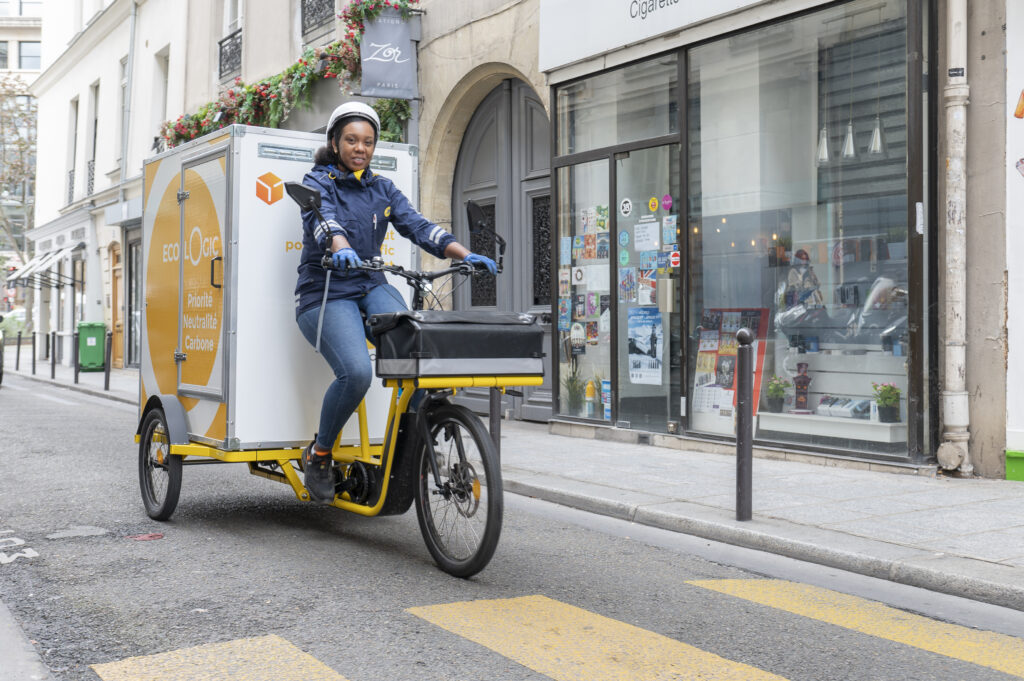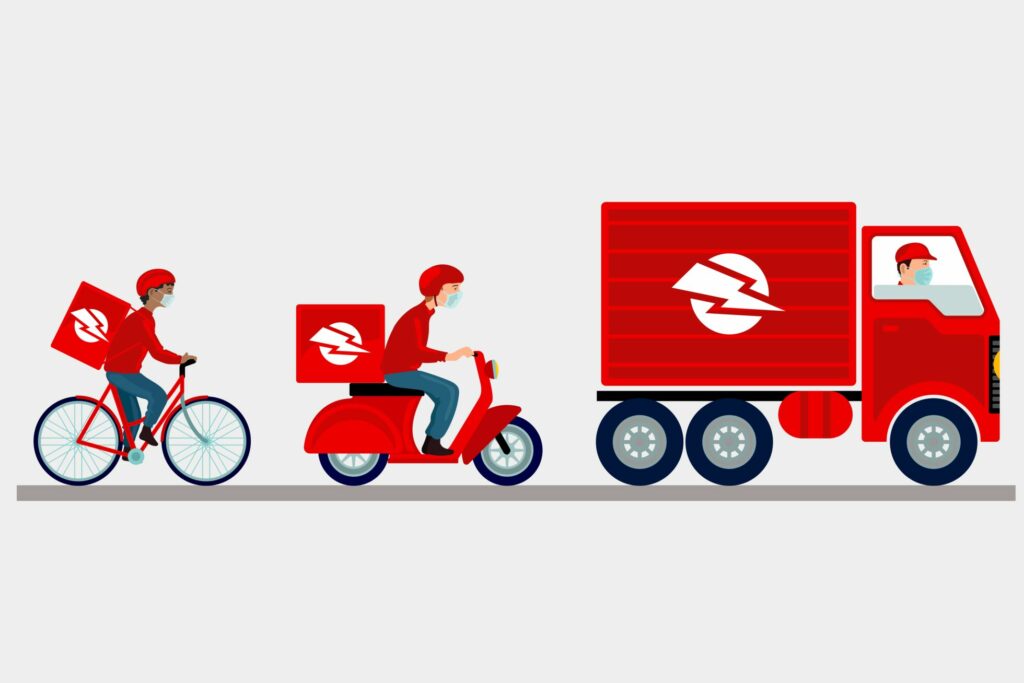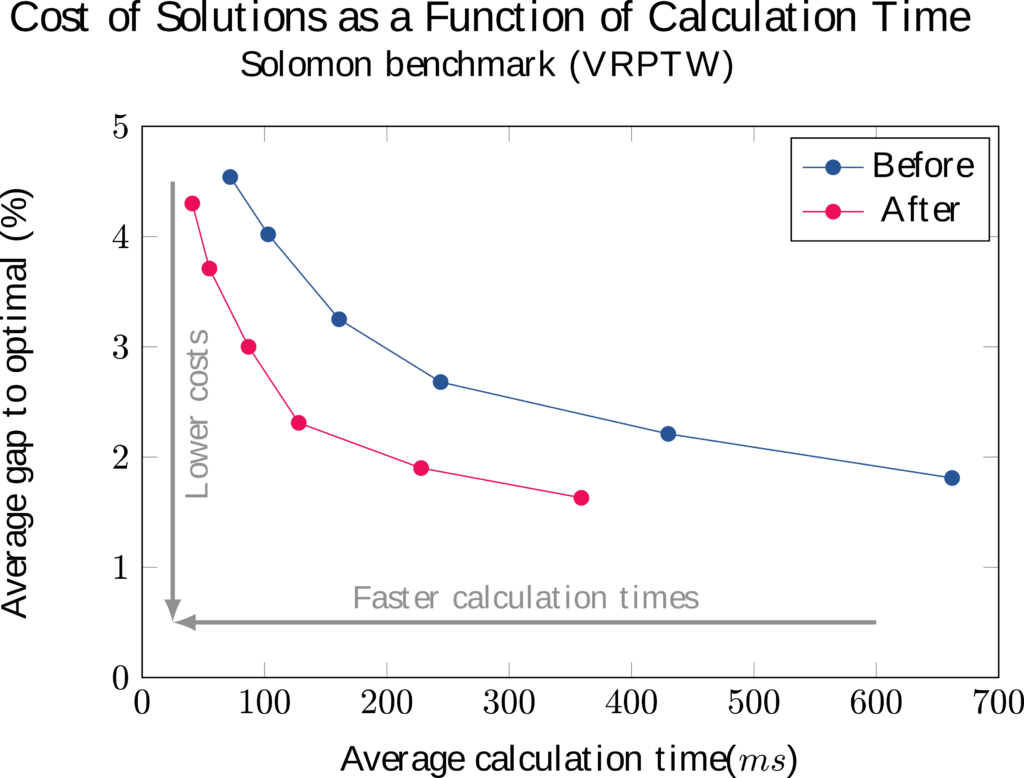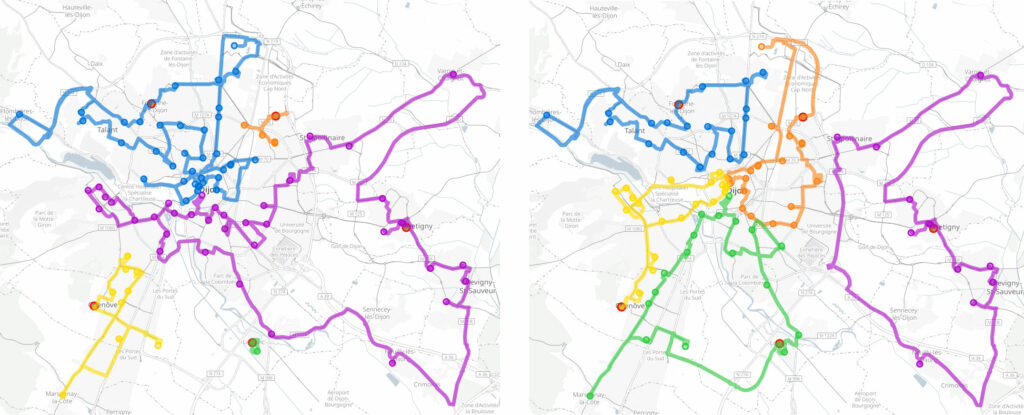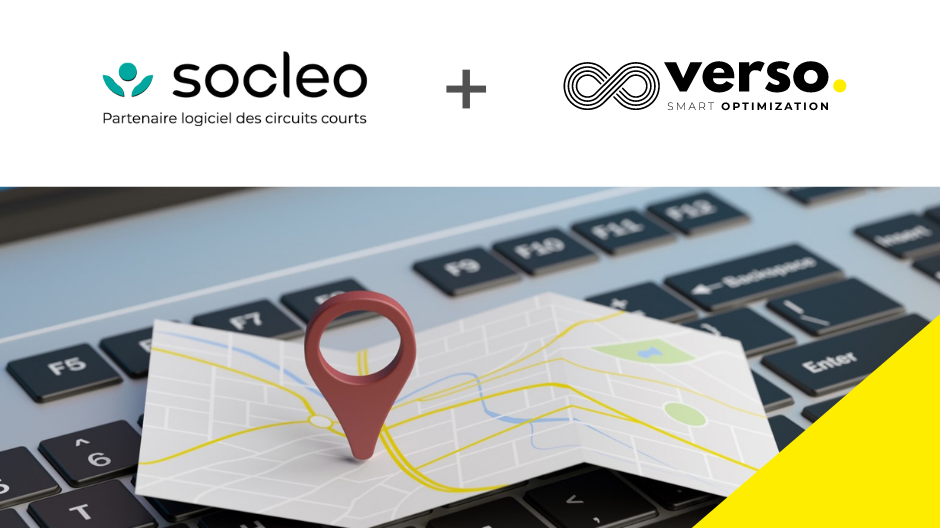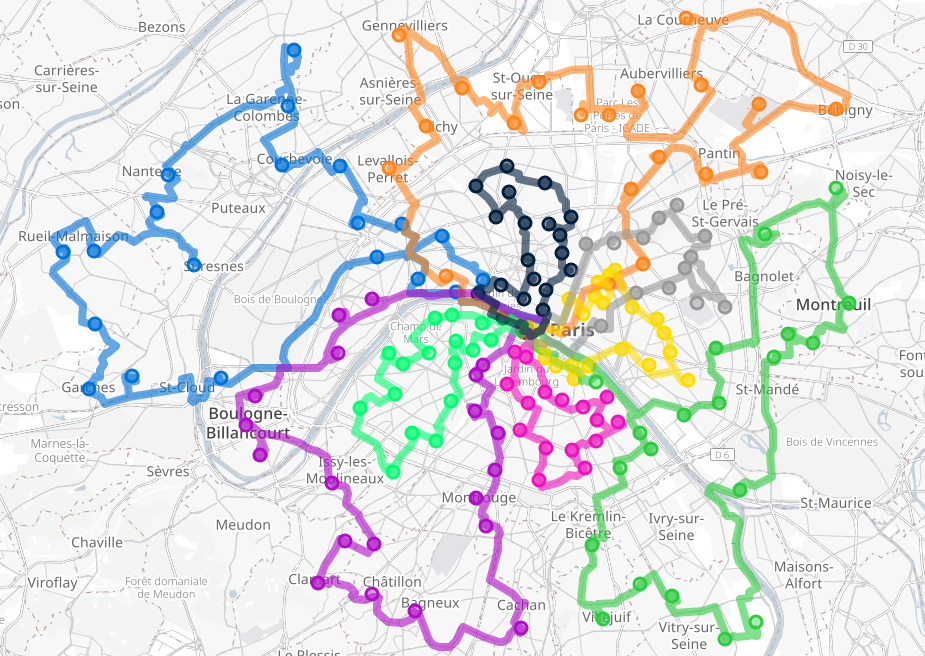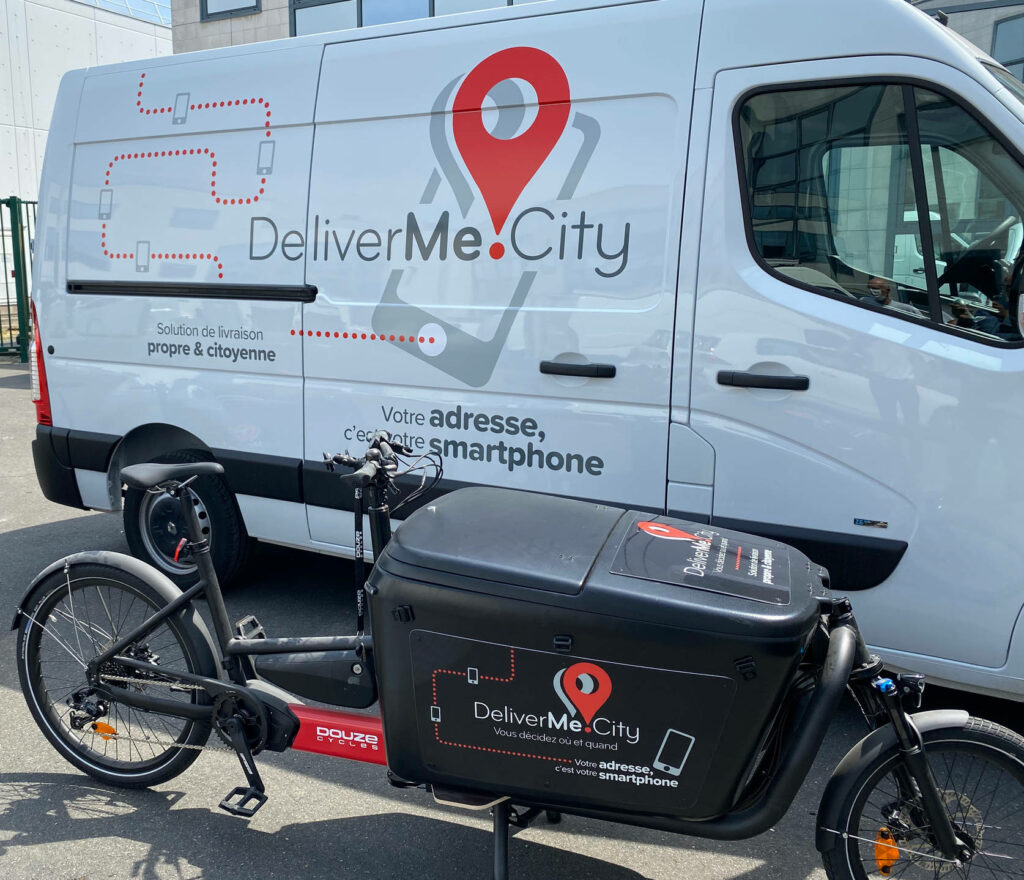In our constantly evolving drive to provide optimal route planning, the introduction of electric vehicles has required us to take new factors into account. To this end, we have updated our API with new features that we added to VROOM, our open-source solving engine for vehicle routing problems.

Vehicle Range
We had already taken a first step towards modeling vehicle autonomy by making it possible to limit the overall road time for individual vehicles. But frequently, the distance traveled is as, if not more, limiting than travel time. We needed to include distance constraints, for example for electric vehicles or couriers on bikes. To that end, we introduced a max_distance parameter applicable to individual vehicles to ensure that itineraries take into account the key factors in a vehicle’s autonomy: travel time and/or travel distance.
A More Realistic Modeling for Costs
To include vehicle and driver travel time in calculating costs, our previous update introduced the notion of “hourly cost”. But travel distance has a significant impact on cost, too, and it can vary widely, depending on the price of gas or diesel or, for electric vehicles, recharging batteries. Our model for route optimization now factors in cost per km per individual vehicle.
We are no longer simply looking to reduce travel time. Optimization now takes into account the overall costs associated with vehicles, be they fixed costs or costs dependent on travel time or distance.
Contact us if you would like to use advanced cost modeling as you optimize route planning for your fleet of vehicles.

